The emotional impact of watching a tree fall can cloud the reality of what wood actually represents to us as a building material. It's renewable and it acts as carbon storage, so chopping one down to build something may elicit a tear from some, but it is way more 'green' than using concrete.
Concrete releases about a ton of greenhouse gases per ton manufactured, where wood takes carbon from the atmosphere and sequesters it in things like houses, and the occasional tall building like we are seeing here.
Exactly how tall a structure can be while maintaining its fire safety is something I know nothing about, although I can't imagine feeling safe in any tall structure that is burning below me no matter what it is made of. But I do know that if we built less with concrete and steel and more with wood, our climate would thank us, or at least it may punish us less.
Lots of 6 storey wooden buildings are popping up, occasionally one a bit taller like an 18 storey one in Vancouver, but 276 feet certainly is a newsmaker. Anytime a wood building beyond the usual two or three stories is planned, it puts wood on the radar and opens up a much needed discussion about the ecological costs associated with different materials.
Would I want to live on the highest floor of a wooden skyscraper? No not really, but you'd be hard pressed to find a firefighter living beyond ladder reach in any building no matter what it is made of (speculation of course, but in my defense a firefighter did tell me that once).
So weigh in please - praise and criticism are both welcome wherever you stand on it. Ignore the visual of a tree falling when you assess it as a building material; it's one of the better ones out there. Buildings account for about half of our emissions in construction and operation, so if we can lower the CO2 emissions when we build (in this case 2,800 tonnes) then that's a really good thing. We found this story on the guardian, have a look there for more details.
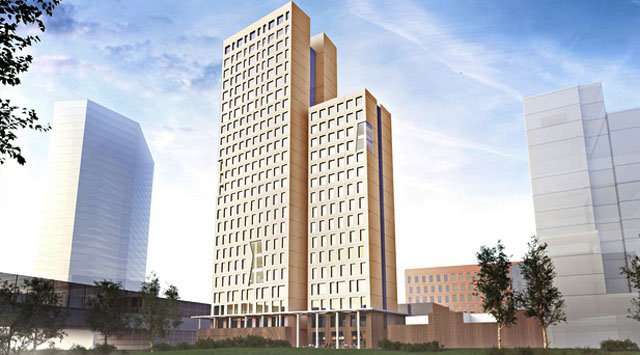
















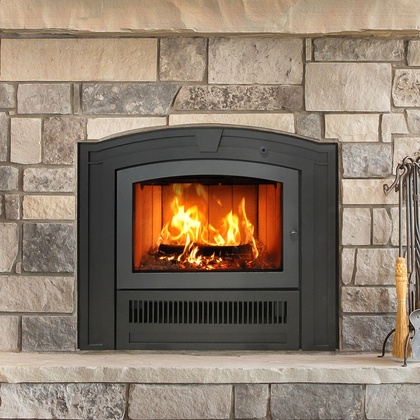









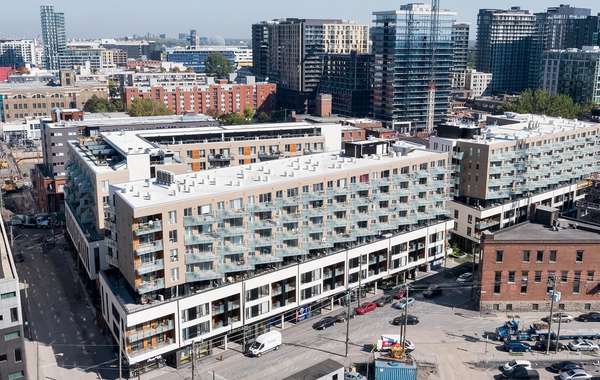
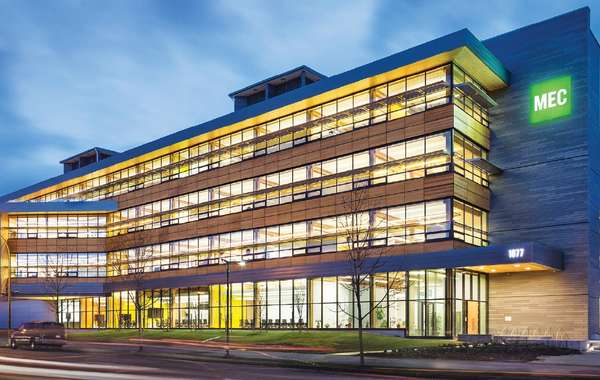
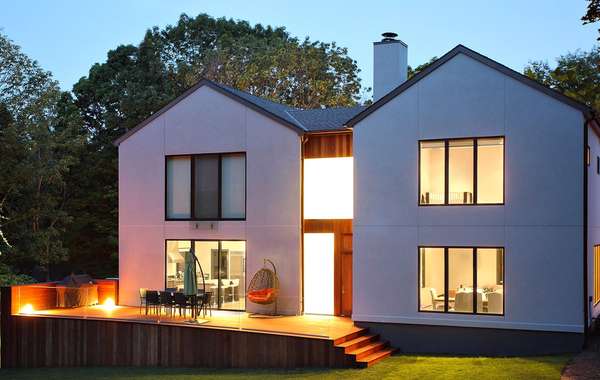
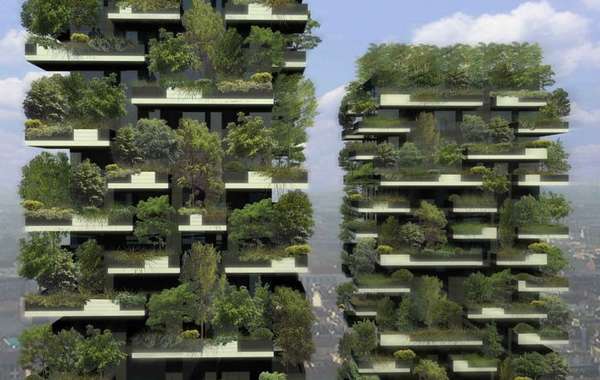

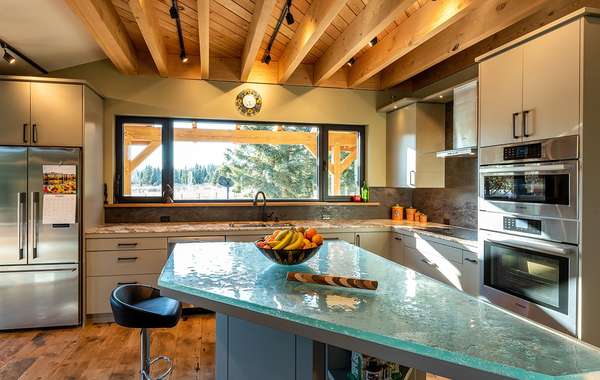
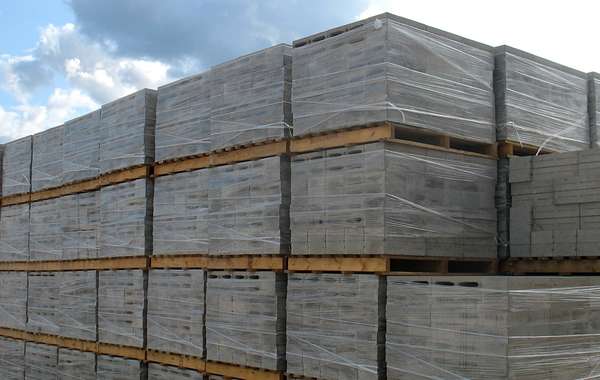

Comments (0)
Sign Up to Comment